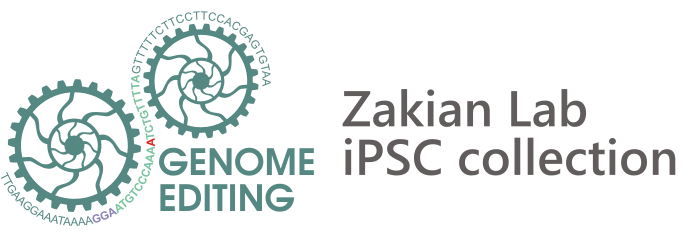Donor plasmid designed for homologous recombination at the AAVS1 locus. Doxycycline-dependent expression of the mitochondrial sensor of glutathione redox potential Grx1-roGFP2
In 2020 Jennifer Doudna and Emmanuelle Charpentier received a Nobel prize for creating a new tool for genome editing – CRISPR/Cas9 system.
CRISPR/Cas9 technology enables more efficiently to make modifications in the genome of cells and organisms. In particular, it became possible to introduce various transgenes into the genome of induced pluripotent stem cells. Here we present plasmid constructions encoding different transgenes, which help to study cellular processes in health and disease.
Donor plasmid designed for homologous recombination at the AAVS1 locus. Doxycycline-dependent expression of the human alpha-synuclein protein with 3×FLAG and 2×Strep-Tag II tags on C terminus
Donor plasmid for homologous recombination in the HTT locus for Huntington's disease modeling. The plasmid contains long homology arms to the first exon of HTT, which flank 215 CAG repeats. We have a set of…
